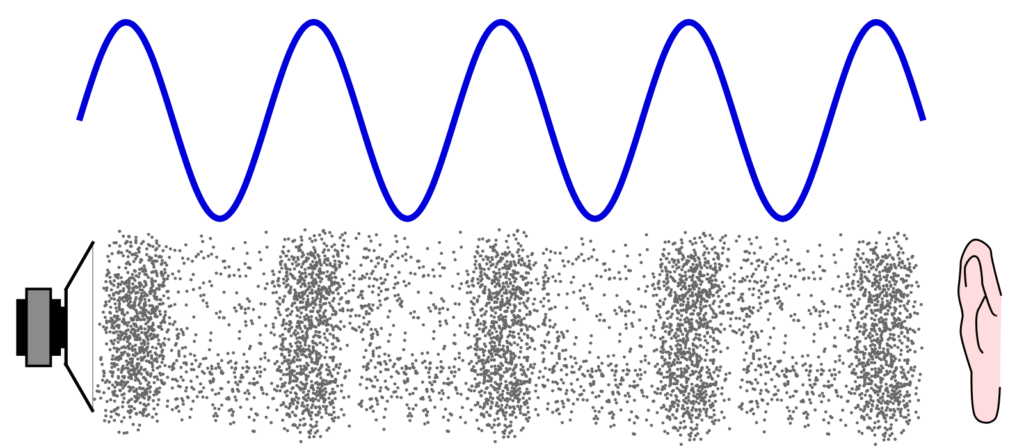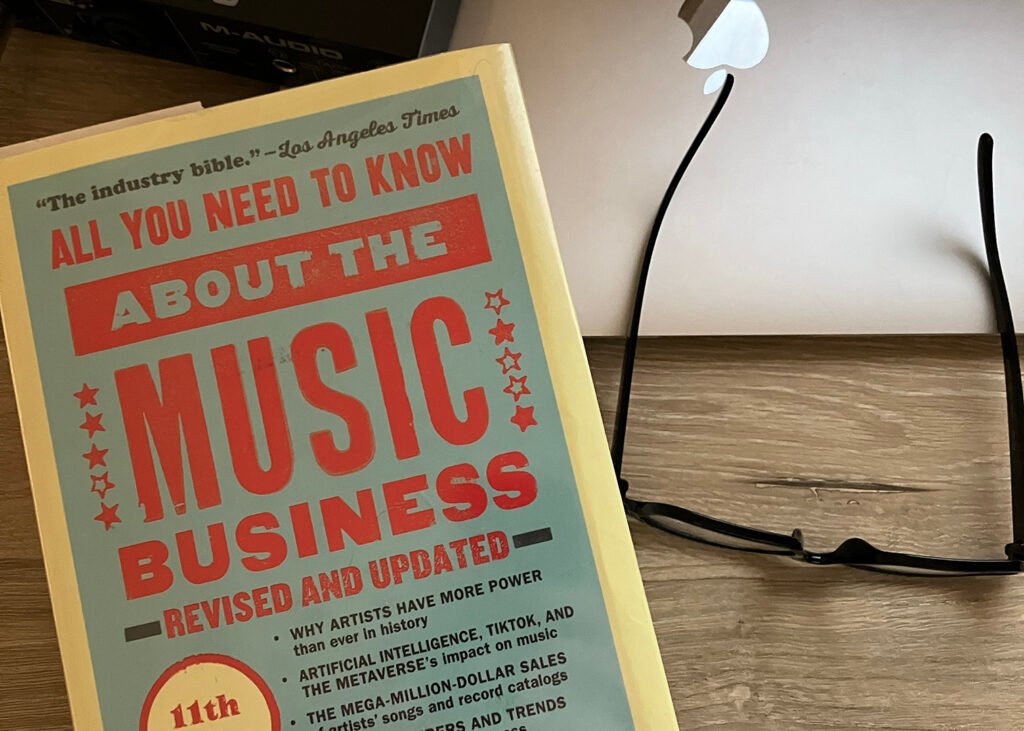The world is changing at an extraordinary pace, and the music industry is no exception. To survive and thrive in the modern landscape of music business is to be a creature of exceptional resilience and adaptiveness. As we have all witnessed over the past few decades, both as consumers and creators, the ways in which we discover, purchase, and listen to music has changed dramatically. Musicians and fans alike are taking advantage of the technologies that have wired our new world, and everyone is more plugged-in than ever. It is an exciting time to be human, and even more so for those of us who are creating art, in one form or another. The tools in which we have inherited from the labors of those who have innovated before us have come to fruition in ways I don’t think any of us could have imagined. All of this considered, and all appreciation aside, what now lies before us is an extremely volatile and convoluted web of interconnected pathways. These pathways can lead some to success, and can leave others running in circles in an endless feedback loop.

To my knowledge, there is no one roadmap, or gps, to navigate this intricate system of complex variables. Instead, we find that almost every successful artist has forged a completely unique path towards whatever success they have found. However, some would argue that the commonalities between these success stories are more significant than the other, more idiosyncratic factors. So what are these commonalities that have led various artists to their distinct levels of success. Well, in terms of the music industry, all of the weeds seem to part around one factor. Despite the complicated nature of the modern music industry, we cannot ignore the most obvious factor that can lead an artist to success: the song. Do you have good songs? If you do, I would argue that there is a chance for you to achieve a measure of success, regardless of the specific trail that you blaze through the noise. So, strap in and read along as I share my own experiences trailblazing through the jungle we call the music industry.

Hi everyone, my name is William E. Hilburn (aka Liam Cassel), and welcome to my blog! In this blog series, I will be sharing all of my trials and tribulation, as I continue to attempt to carve my own notch in this beast of a music industry today. By no means am I an expert, however, I have devoted the past three decades of my life to the pursuit of self-sufficiency as an artist. I have many failures to share with you, and even more success stories. All of these ups and downs I will share with you in hopes that you may find some valuable lessons that help you along your own path. I have titled this blog series “Rising Above The Noise Floor”, because I feel this is a perfect analogy for the modern music industry. What is the noise floor? I am glad you asked. Let me take you back in time for a moment. Back to 2005. I was struggling to find my way as an artist. I had already written a number of songs, some of which were better than others. And though writing songs came quite natural to me, finding some success as a musician was not as good of a fit. The music industry was somewhere out there, and I was inside my own bubble. A bubble I was about to break.

Through a friend of mine, I found out about a conservatory for recording arts in Tempe, Arizona (The Conservatory Of Recording Arts & Sciences). My wife, being the supportive muse she was, and continues to be, encouraged me to apply. I was very nervous at first. I wondered if I would even get accepted. I was a first generation musician, and I hadn’t even been able to comprehend the concept of a preamp, among other even more abstract concepts of the recording arts. All I really knew was that I wanted to find some form of success as a musician, and this seemed like a great way to immerse myself in the industry, and break out of my bubble. Long story short, I was accepted by the conservatory, attained financial aid, and moved from Springfield, Missouri to Tempe, Arizona with my amazingly supportive wife, and began my course work.
Now you may be asking yourself, what does all of this have to do with the blog. Well, I will answer with just one word: everything. I learned everything valuable that I now know from my experiences at the conservatory. I went from being an unempowered struggling musician to an empowered struggling musician. And yes, there is a big difference between the two. During one of my electronic courses, at the conservatory, I was introduced to a concept called noise floor, just one of a million other concepts I was introduced to. A great comprehension of the noise floor literally set a foundation under my feet as a recording artist. In essence, the noise floor is a sum of all of the noise that is generated by varying elements during the recording process. The hardware, the software, the computer, and even the instruments, at their quietest, still generate some level of noise. Therefore, as an audio engineer, you must seek out and employ measures to mitigate the “noise floor” that is present in all recordings. So, this lesson about noise floor is really two fold. This is a real factor that you should look into when you begin recording your songs. I will probably write more about this audio engineering concept in a later blog entry, however, for now, I am simply using the concept as an analogy to the current state of the music industry as a whole.

In his eleventh edition of “All You Need To Know About The Music Business”, Donald Passman discusses how the music industry has become quite noisy. He continues by stating that artists today must find a way to rise above this noise. By noise, Passman is referring to the fact that, due to modern technological advancements, literally anyone can present the global audience with their music recordings. In essence, the lesson here is simple. A few decades ago there were fewer artists with the means to produce studio quality music on their own. Further, it was nearly impossible to reach a global audience without the support of the major record labels. Now all of that has changed. We live in a time where anyone can create and distribute their music, regardless of their level of talent. This is honestly a pretty amazing part of today’s climate, however, it presents a new set of problems for rising music artists to solve. You see, the problem is this, how do you get seen and heard in an industry that is producing this much music? It is the same as the noise floor in audio engineering. As modern musicians, we must implement measures to mitigate the noise and rise above it. To put all of this into perspective, in 2024 there are about 100,000 new tracks uploaded to the internet every single day (Passman 16). According to Joell Glueck, this astonishing number is up from 40,000 per day in 2019. This sea change becomes even more convoluted when you consider that amidst all of this music, very few new artists are reaching the Billboard Top 10. According to multiple sources, the number of new artists in the Billboard Top 10 has been significantly waning since 2001. For example, “…a 2022 Billboard article…”, stated that, “…from 2001 to 2004 over thirty new artists made it into the top 10 each year. But by 2019, there were only fifteen of them, and in 2021 it was only thirteen, the lowest in the 2000s” (Passman 20). In another Billboard article longtime producer Warren Felder states that, “Due to the sheer number of things coming out, songs that were shoo-ins for being hits five to ten years ago now have to fight to see daylight” (Leight). In his article, The Billboard Article, Bob Lefsetz argues that “…we live in an era of chaos. And today it’s nearly impossible to gain traction…Culture moves incredibly quickly, and almost nothing sticks”.

With all of this to consider, you might be asking yourself, what is the point of even trying to rise above the noise floor. And, I am wondering the same thing, as are most industry professionals and artists alike. However, we mustn’t lose our vision. It seems to me that the goals of independent artists have to adapt to this new reality, and find ways to break out of the old models of thinking. In this blog series, I will be doing just that, and I will share everything with you here!
The next five blog entries in the series will be as follows:
- The Early History Of Recorded Audio
- How The MTV Generation Changed The World
- The Early Days of Internet & Music Business
- TikTok & The Modern Music Industry
- Building A Brand As An Independent Artist
_____________________________________________
Sources:
Glueck, Joelle. “How the Internet Changed the Music Industry.” Medium, Medium, 31 Dec. 2020
Lefsetz, Bob. “The Billboard Article.” The Big Picture, 29 Oct. 2022
Passman, Donald S. All You Need to Know about the Music Business. Simon & Schuster, 2019.



